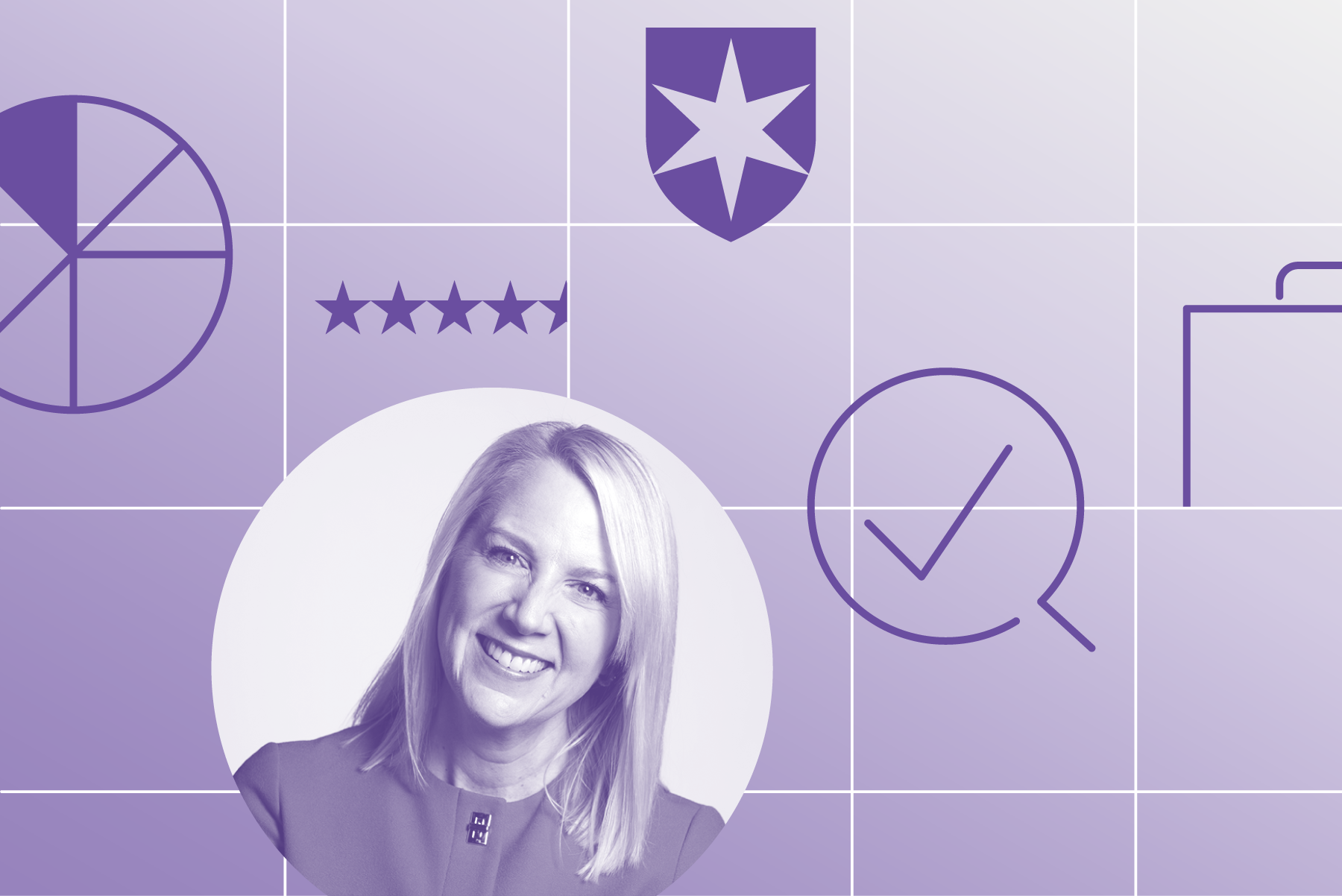Tax-Deferred Retirement-Bucket Portfolios for T. Rowe Price Investors
The topnotch steward fields serviceable—or better—funds in all major asset classes.

Many investors would prefer to deal with as few investment providers as possible. Of course, most of the big providers allow investors to buy funds from other firms on their platforms without paying any additional transaction fees, but those No Transaction Fee fund menus don’t include everything. A Vanguard investor will pay a transaction fee to buy a Fidelity fund, for example, and T. Rowe Price investors will have to pay transaction fees to buy Vanguard funds on the T. Rowe platform.
In recognition of the fact that some investors would prefer to do business with a single fund family and stick with the “house brand” of mutual funds, I’ve created fund-family-specific model portfolios. These portfolios—geared toward retirees with varying time horizons/life expectancies—are best for investors in tax-deferred accounts such as IRAs. These tax-deferred Bucket portfolios are geared toward retirees who are actively drawing their cash flow needs from their portfolios and consist exclusively of T. Rowe Price funds.
I’ll provide two sets of model T. Rowe Price Bucket portfolios: one series geared toward investors in tax-deferred accounts, such as IRAs, and another tax-efficient series geared toward T. Rowe Price investors in taxable accounts.
About the Portfolios
These portfolios employ a Bucket strategy, pioneered by financial-planning guru Harold Evensky. The central premise is that the retiree holds a cash bucket (Bucket 1) alongside their long-term assets, both stocks and bonds. If the long-term components of the portfolio, especially stocks, hit a rough patch, the cash bucket ensures that the retiree has enough liquid assets to use for living expenses. Bucket 2 covers another eight years’ worth of cash flow needs. It’s designed to deliver slightly more income than Bucket 1, as well as a dash of inflation protection and capital appreciation; thus, it consists mainly of high-quality short- and intermediate-term bonds. Bucket 3 is the growth engine of each of the portfolios, geared toward years 11 and beyond of retirement.
The portfolios are designed to be strategic—that is, they’re meant to be bought, held, and rebalanced—rather than tactical. I’ll make changes only when there’s a meaningful negative development in one of our holdings, or if another investment that I like better becomes available. In short, I expect to make very few changes to these portfolios over time, because many retirees don’t want to have to make frequent trades in their portfolios, either.
I turned to Morningstar Medalist funds to help populate the portfolios. Because T. Rowe Price’s lineup is dominated by actively managed funds, putting together T. Rowe Price portfolios doesn’t have the same plug-and-play simplicity that all-index portfolios do. And the firm’s funds don’t rank as higher-rated strategies in categories that are important to retiree portfolios, especially taxable bonds. Thus, in some categories, I had to settle for funds that earned Morningstar Medalist Ratings of Neutral.
How to Use Them
The goal of the portfolios isn’t to outperform every other retirement portfolio or strategy ever devised. Rather, the objective is to illustrate sound portfolio construction and cash-flow-generation principles. Nor do retirees need to completely upend their portfolios to implement a similar Bucket strategy. Assuming they have solid core building blocks—both stock and bond holdings—they have most of the raw ingredients needed for a Bucket portfolio.
Investors should take care to customize their portfolios to suit their own situations—risk tolerance and capacity, of course, but also planned spending. An investor’s cash bucket, and in turn the allocations to the other two buckets, will depend on their portfolio spending rate. If an investor is using a lower starting withdrawal rate—say, 3% in the first years of retirement—Bucket 1 would accordingly be smaller (6% versus 8% in my Aggressive portfolio).
Bucket Portfolio Allocations

Aggressive Tax-Deferred Retirement-Bucket Portfolio for T. Rowe Price Investors
Anticipated Time Horizon in Retirement: 25-plus years
Risk Tolerance/Capacity: High
Target Stock/Bond/Cash Mix: 60/32/8
Bucket 1: Years 1-2
- 8%: Cash
Bucket 2: Years 3-10
- 8%: T. Rowe Price Short-Term Bond PRWBX
- 7%: T. Rowe Price Inflation Protected Bond PRIPX
- 10%: T. Rowe Price New Income PRCIX
- 7%: T. Rowe Price Spectrum Income RPSIX
Bucket 3: Years 11 and Beyond
- 25%: T. Rowe Price Dividend Growth PRDGX
- 10%: T. Rowe Price Equity Index 500 PREIX
- 5%: T. Rowe Price Integrated U.S. Small-Cap Growth Equity PRDSX
- 20%: T. Rowe Price Overseas Stock TROSX
Moderate Tax-Deferred Retirement-Bucket Portfolio for T. Rowe Price Investors
Anticipated Time Horizon in Retirement: 15-25 years
Risk Tolerance/Capacity: Moderate
Target Stock/Bond/Cash Mix: 50/40/10
Bucket 1: Years 1-2
- 10%: Cash
Bucket 2: Years 3-10
- 10%: T. Rowe Price Short-Term Bond
- 10%: T. Rowe Price Inflation Protected Bond
- 12%: T. Rowe Price New Income
- 8%: T. Rowe Price Spectrum Income
Bucket 3: Years 11 and Beyond
- 20%: T. Rowe Price Dividend Growth
- 10%: T. Rowe Price Equity Index 500
- 5%: T. Rowe Price Integrated U.S. Small-Cap Growth Equity
- 15%: T. Rowe Price Overseas Stock
Conservative Tax-Deferred Retirement-Bucket Portfolio for T. Rowe Price Investors
Anticipated Time Horizon in Retirement: Less than 15 years
Risk Tolerance/Capacity: Low
Target Stock/Bond/Cash Mix: 40/48/12
Bucket 1: Years 1-2
- 12%: Cash
Bucket 2: Years 3-10
- 10%: T. Rowe Price Short-Term Bond
- 10%: T. Rowe Price Inflation Protected Bond
- 20%: T. Rowe Price New Income
- 8%: T. Rowe Price Spectrum Income
Bucket 3: Years 11 and Beyond
- 20%: T. Rowe Price Dividend Growth
- 8%: T. Rowe Price Equity Index 500
- 12%: T. Rowe Price Overseas Stock
A version of this article was published on March 9, 2023.
The author or authors do not own shares in any securities mentioned in this article. Find out about Morningstar’s editorial policies.

/s3.amazonaws.com/arc-authors/morningstar/66112c3a-1edc-4f2a-ad8e-317f22d64dd3.jpg)
/cloudfront-us-east-1.images.arcpublishing.com/morningstar/HCVXKY35QNVZ4AHAWI2N4JWONA.png)
/cloudfront-us-east-1.images.arcpublishing.com/morningstar/NSVUOQPZGJF7LCEGN76XGJKQII.png)
/cloudfront-us-east-1.images.arcpublishing.com/morningstar/Q7IH7AVNNZEQ3ALFR77S3T5V7I.png)
:quality(80)/s3.amazonaws.com/arc-authors/morningstar/66112c3a-1edc-4f2a-ad8e-317f22d64dd3.jpg)